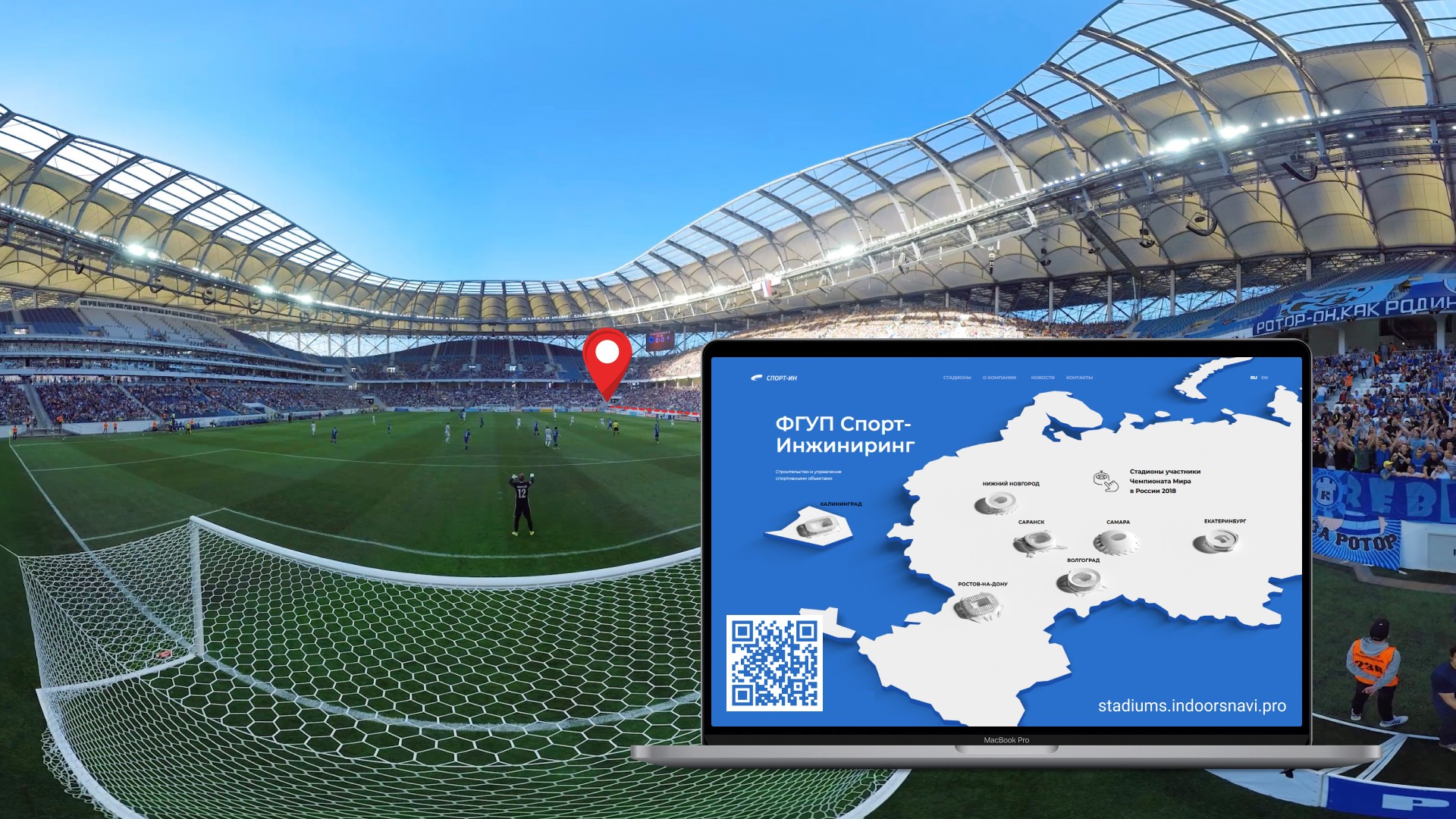Visual navigation
A modern visual navigation solution for your spaces
Visual navigation from Indoors Navigation is a well—thought-out system of maps, steles, signs and printed media that makes the space understandable and convenient for all visitors.
We create visual navigation solutions for shopping malls, business complexes, airports, museums and public buildings. Each element, from the diagram to the nameplate, is designed taking into account the architecture, traffic flows and corporate identity of the object.
Our systems help visitors navigate easily, reduce staff workload, and create a positive impression of the space and brand.
Advantages of visual navigation
A single visual system for the entire facility
We create navigation as a complete system, from maps and steles to wall plaques and printed materials. All the elements are designed in the same style and logic of the visitor's movement.
Maximum clarity and ease of perception
Visual navigation is designed with ergonomics and cognitive perception in mind: optimal sizes, readable fonts, contrasting colors, and simple icons.
Integration with digital solutions of Indoors Navigation
Our printed maps and steles can be supplemented with QR codes and links to interactive maps so that users can continue their route on their smartphone.
Customized design for the brand and architecture
Each navigation system is designed taking into account the corporate identity and interior, so that the signs and diagrams look natural and aesthetically pleasing in the space of the object.
Durable materials and high quality workmanship
We use modern printing technologies and sustainable materials — visual navigation retains brightness and legibility even with high traffic and light exposure.
Accessibility and versatile design
All navigation elements are designed taking into account the principles of inclusivity: contrasting colors, large fonts, convenient placement for people with different perception and movement abilities.
What is visual navigation?
The purpose of visual navigation is to help visitors navigate quickly and intuitively, minimizing the risk of getting lost or choosing the wrong route. By visual navigation, we mean a set of navigation tools that are perceived visually.:
How do we implement visual navigation?
Where is visual navigation used?
Improving visitor orientation
+35%
Reducing staff workload
−25%
User satisfaction
+40%
A thematic case in our portfolio

